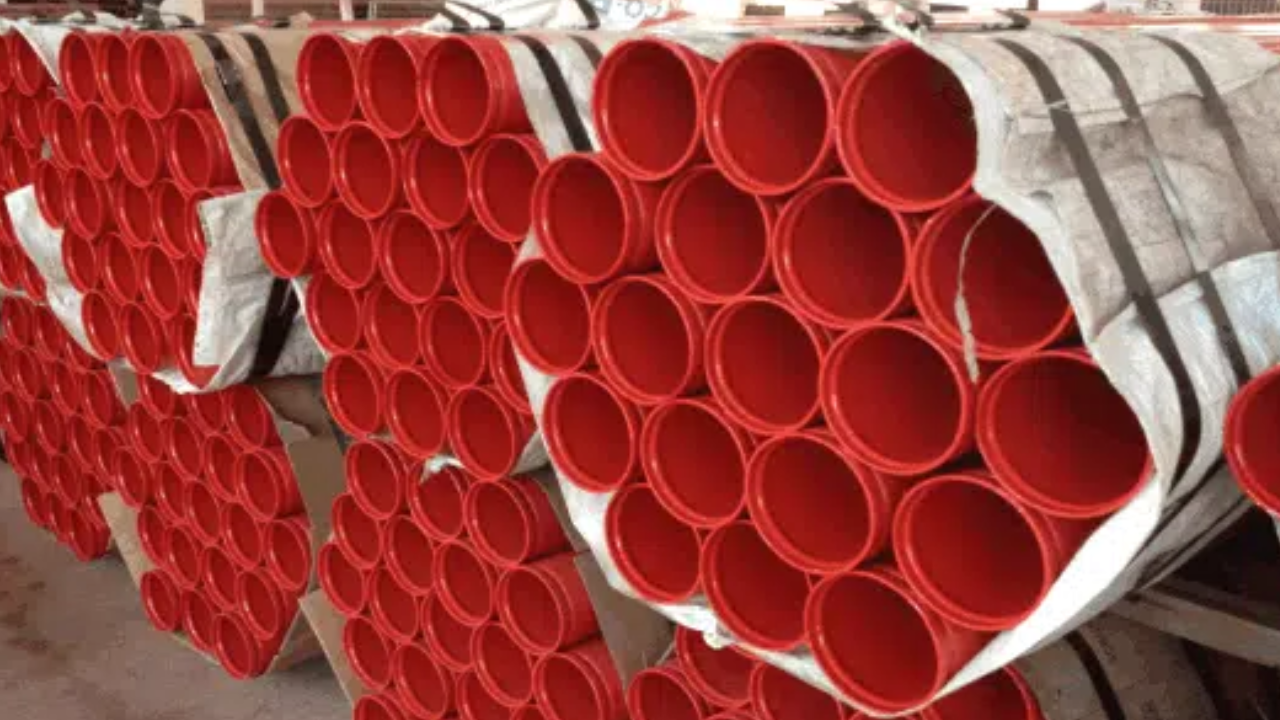Information on the key contrasts between ASTM a106 vs a53 metallic Pipes is essential for making informed picks in several mechanical applications. These facts help make certain you select the right pipe for your particular desires. ASTM A53 channels are mechanically utilized for low to medium-weight applications and are open in three types: kind E (electric Resistance Welded), kind F (Furnace-Butt Welded), and kind S (reliable).
They are commonly utilized in structural, mechanical, water, and gas movement applications. In differentiation, ASTM A106 pipes are designed for high-temperature and high-pressure situations, making them perfect for the oil and gas industry, control plants, and chemical handling businesses. ASTM A106 pipes are consistent and are available in 3 grades: A, B, and C, with better carbon substance and more suitable mechanical residences for energy underneath first-rate conditions.
Comparing ASTM A53 and ASTM A106 metal Pipes: Key variations
we will explore the important contrasts between ASTM A53 and ASTM A106 steel channels in terms of application, material composition, manufacturing manner, and mechanical residences. Understanding these refinements is basic for selecting the correct pipe for particular mechanical needs.
Applications
ASTM A53 pipes are commonly utilized for low to medium-weight applications. They are reasonable for utilization in basic and mechanical applications, water and gas movement, and common plumbing. Their flexibility makes them a preferred choice for private, commercial, and mechanical development ventures. ASTM A106 pipes are particularly designed for high-temperature and high-pressure applications. They are transcendently utilized in the oil and gas industry, control plants, and chemical preparing businesses. These pipes are perfect for transporting liquids and gasses at raised temperatures, guaranteeing secure and solid operation under extraordinary conditions.
Manufacturing Process
ASTM A53 pipes can be created utilizing diverse manufacturing forms based on the type. Type E (ERW) includes electric resistance welding, which warms the steel edges to the point of combination and presses them together. Type F (Furnace-Butt Welded) includes warming the steel edges and squeezing them together in a heater, making a continuous weld. Type S (Consistent) pipes are made by extruding the steel to create an empty tube, dispensing with the requirement for a welded crease. ASTM A106 pipes are manufactured solely as consistent pipes. The consistent manufacturing handle includes warming a strong billet of steel (Billet Heating), creating a hollow tube by penetrating the billet (Penetrating) and extruding the hollow billet to create the pipe with precise measurements (Expulsion).
Mechanical Properties
The mechanical properties of ASTM A53 pipes shift depending on the type and grade but generally incorporate a pliable quality of 330 MPa (least) for Type E and Type S, a surrender quality of 205 MPa (least) for Type E and Type S, and stretching that shifts with distance across and divider thickness. ASTM A106 pipes, outlined for high-pressure and high-temperature situations, display predominant mechanical properties. They have a pliable quality of 415 MPa (least) for Grade B, an abdicate quality of 240 MPa (least) for Grade B, and stretching with the grade, but are for the most part higher than ASTM A53.
Heat Treatment
Heat treatment for ASTM A53 pipes is less thorough compared to ASTM A106. Depending on the type, the pipes may experience normalization and stretch soothing to improve the weld seam's integrity and in general consistency. ASTM A106 pipes regularly experience more seriously warm treatment forms, such as normalization, extinguishing, and hardening. These forms refine the grain structure, improve mechanical properties, and guarantee the pipes can perform dependably under high-stress conditions.
Conclusion
In summary, understanding the key differences between ASTM A53 and ASTM A106 pipes is basic for selecting the fitting pipe standard for particular applications. These contrasts in applications, material composition, manufacturing forms, mechanical properties, and warm treatment prerequisites essentially affect the performance, safety, and life span of the channeling systems in different mechanical situations.


